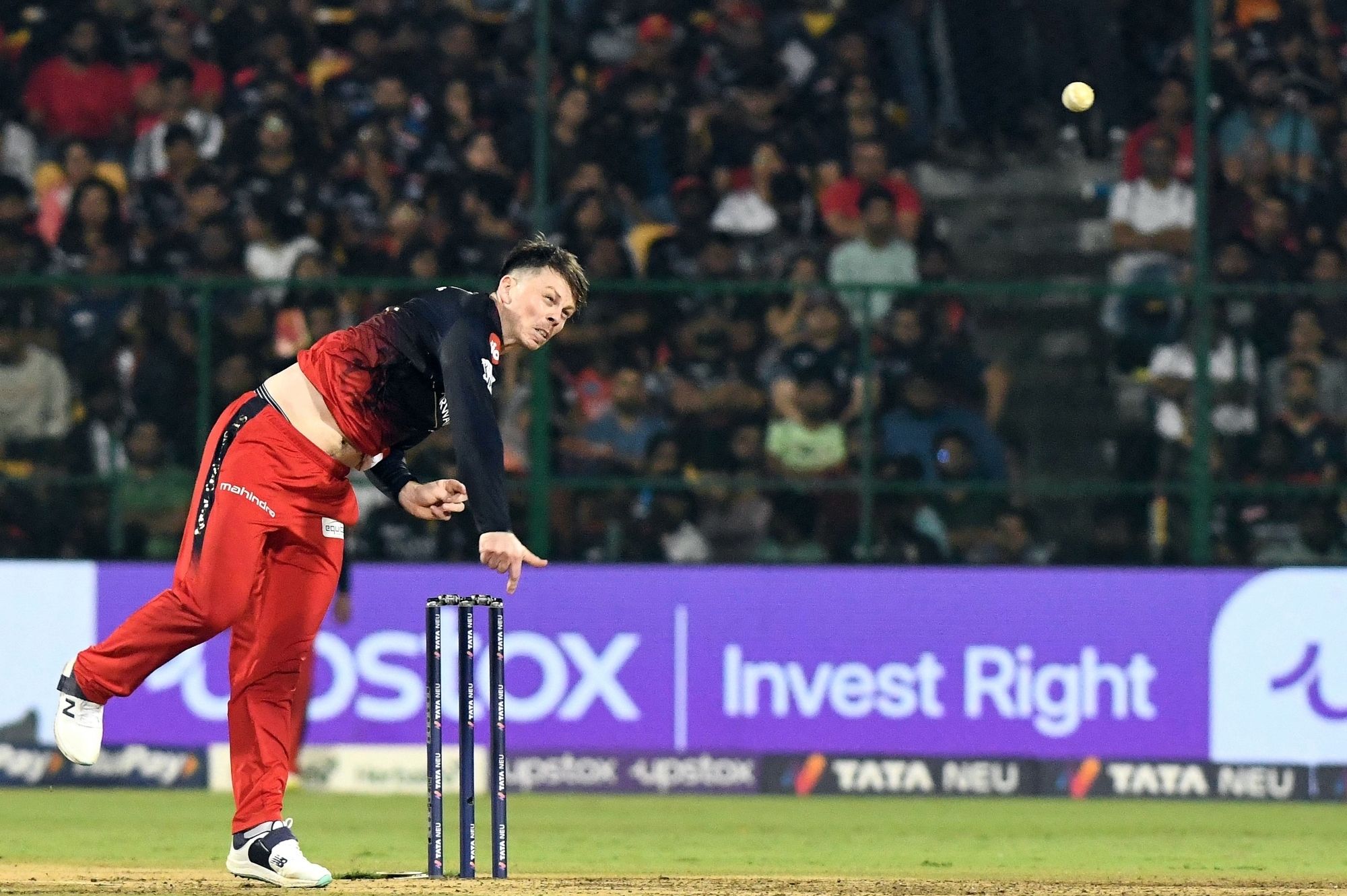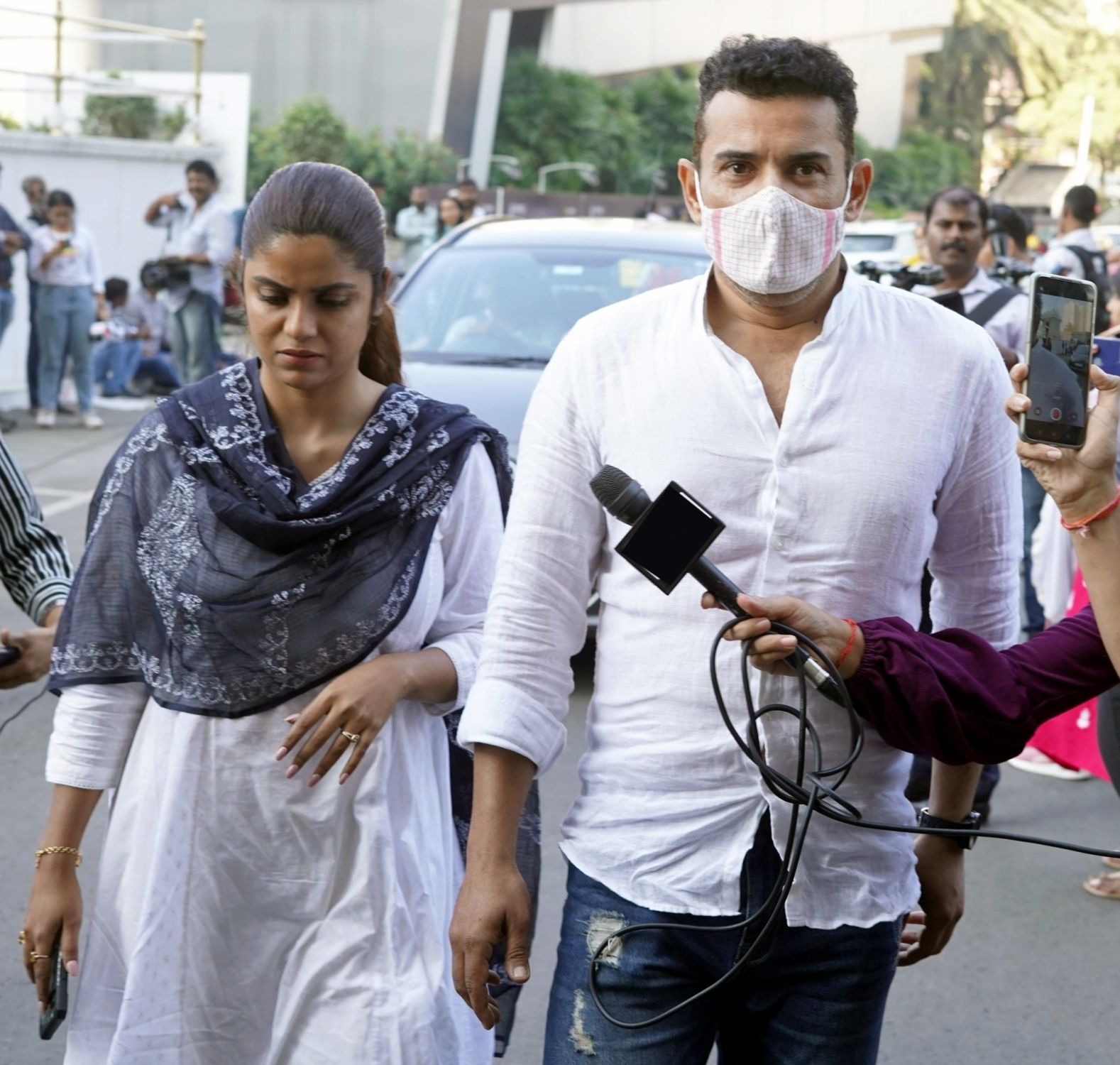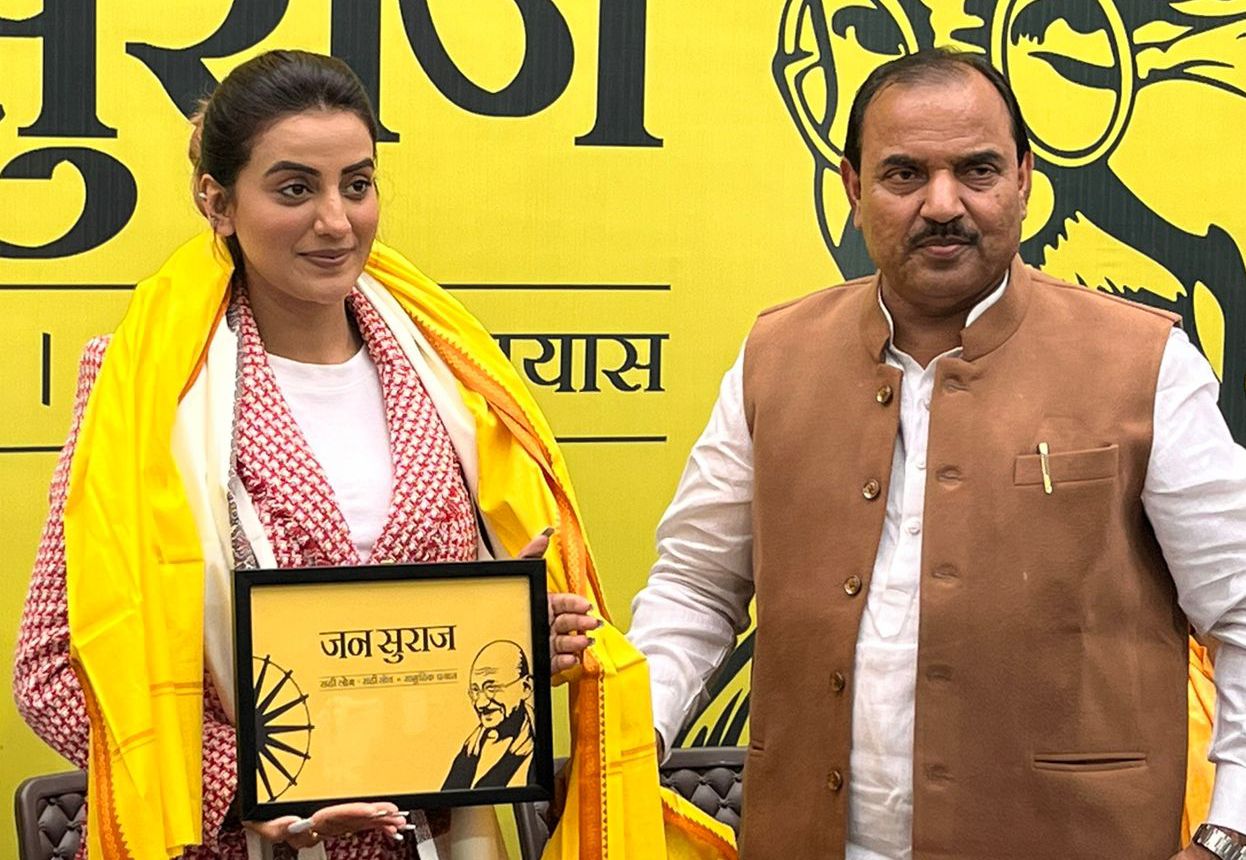|
London, Nov 29 (IANS) A middle-aged man in the UK has become the first in the world to have a 3D-printed eye fitted as part of a trial, media reports said.
Doctors at Moorfields Eye Hospital in London fitted the first ever 3D-printed eye on Steve Verze, 40, the Daily Mail reported.
Verze from Hackney in London lost his left eye in his 20s and has since been using prosthetics -- which need to be replaced every five years, the Daily Mail reported.
An engineer by profesion, Verze said the plastic acrylic versions have left him feeling "self-conscious". While the 3D printed version will not restore vision in his left eye, Verze said the new 3D eye will look far more like a real eye.
"I've needed a prosthetic since I was 20, and I've always felt self-conscious about it. When I leave my home, I often take a second glance in the mirror, and I've not liked what I've seen. This new eye looks fantastic and, being based on 3D digital printing technology, it is only going to be better and better," Verze was quoted as saying.
According to doctors at the hospital, who are offering patients 3D-printed eyes as part of a clinical trial, it could halve the waiting times for prosthetics -- from about six weeks to just three.
A 3D printed eye takes just two-and-a-half hours to print. The current procedure requires surgery to the socket and a two-hour moulding session to ensure it fits.
Patients must also attend appointments over several days where the prosthetic is painted to match the other one as closely as possible.
But the new technique involves a scan of the empty socket so that software can build a map of the area. The good eye is also scanned to ensure it is a match.
The digital maps are then sent to Germany where they are manufactured by a 3D-printer within two-and-a-half hours.
This is posted back to the hospital which applies the finishing touches and then fits it to a patient.
"We are excited about the potential for this fully digital prosthetic eye. We hope the forthcoming clinical trial will provide us with robust evidence about the value of this new technology, showing what a difference it makes for the patients. It clearly has the potential to reduce waiting lists," said Mandeep Sagoo, a consultant opthalmologist at the hospital.
--IANS
rvt/arm
Copyright and Disclaimer: All news and images appearing in our news section, search engines and social media are provided by IANS. If you face any issues related to the content/images, please contact our news service provider directly. We are not liable/responsible for any content/images related to the news service provider.
|









